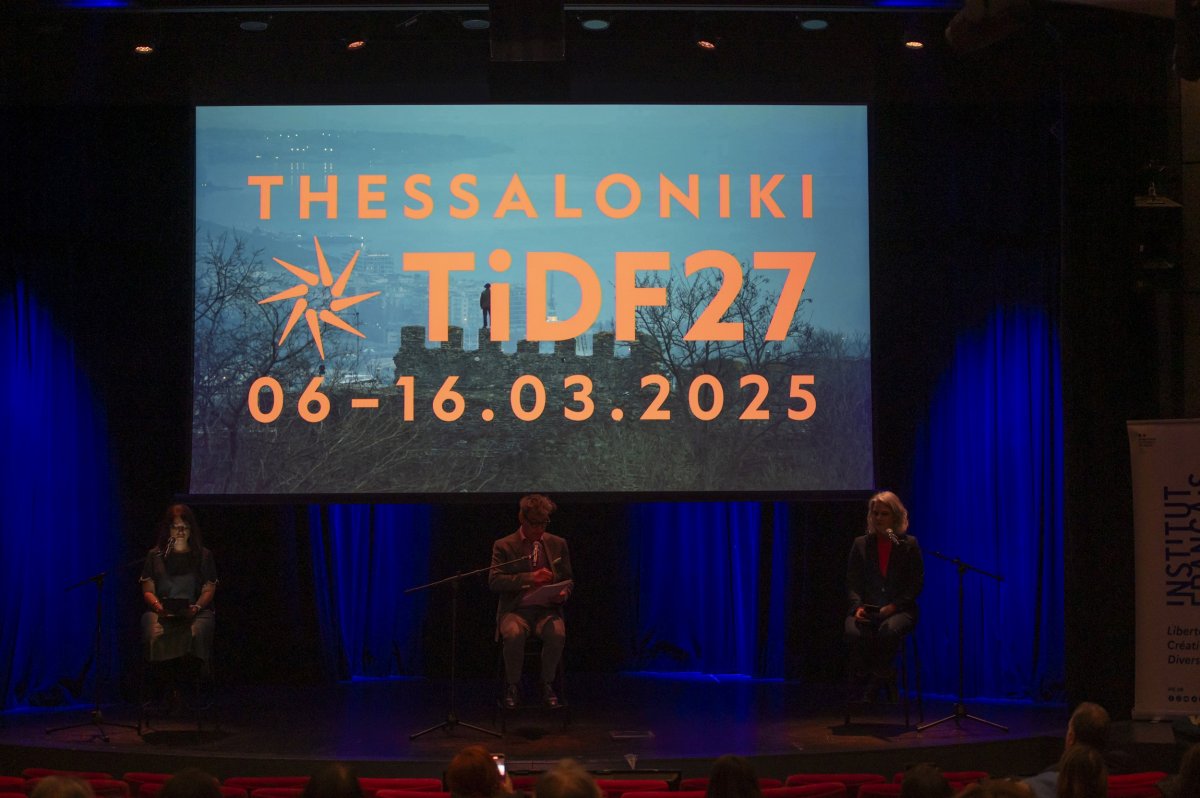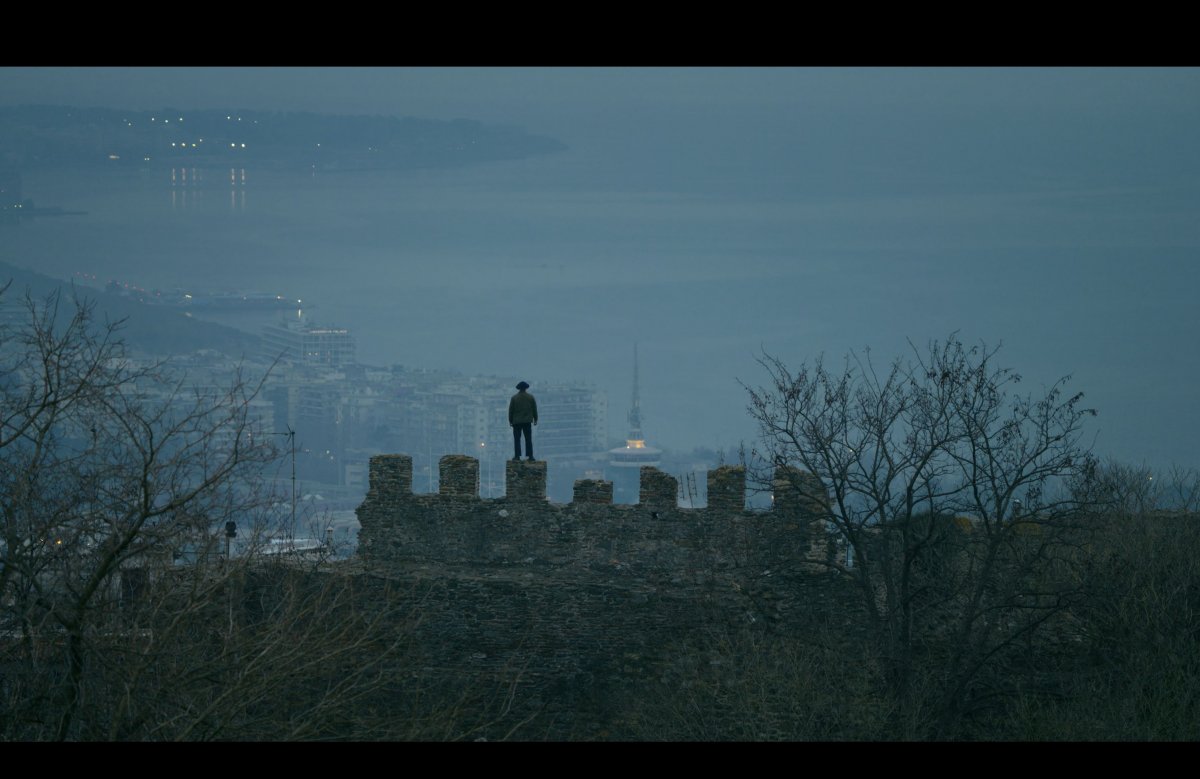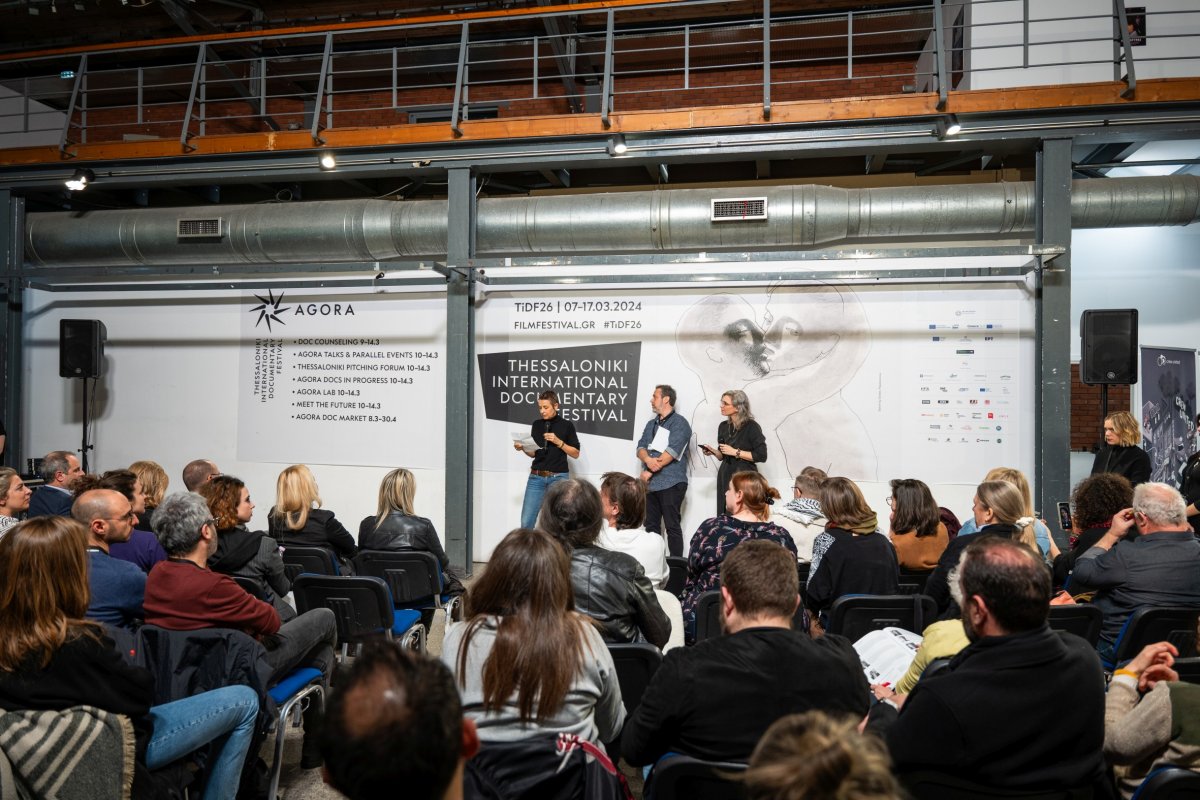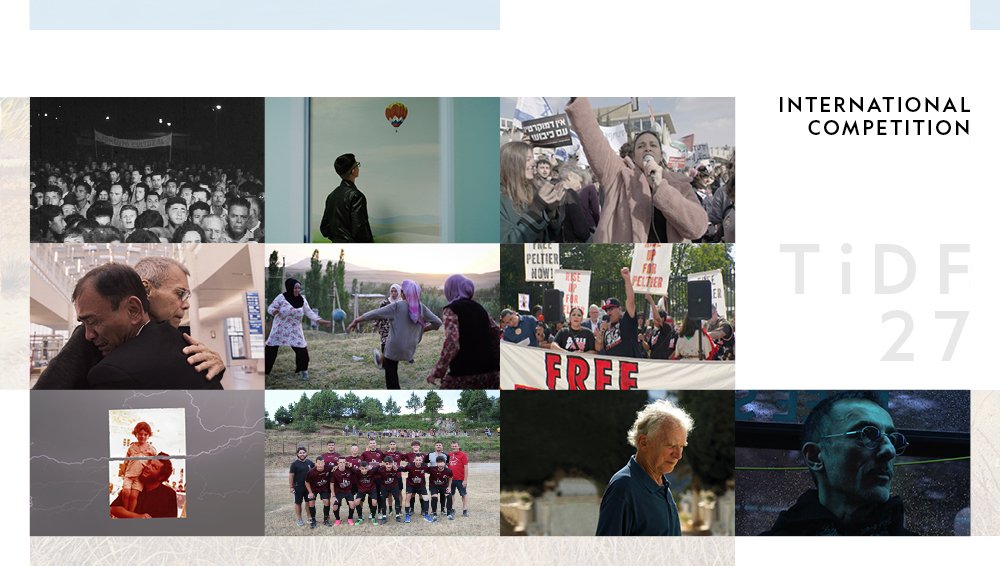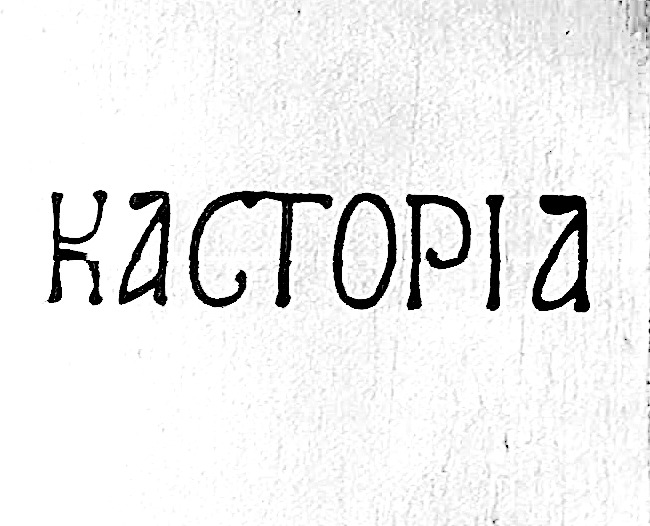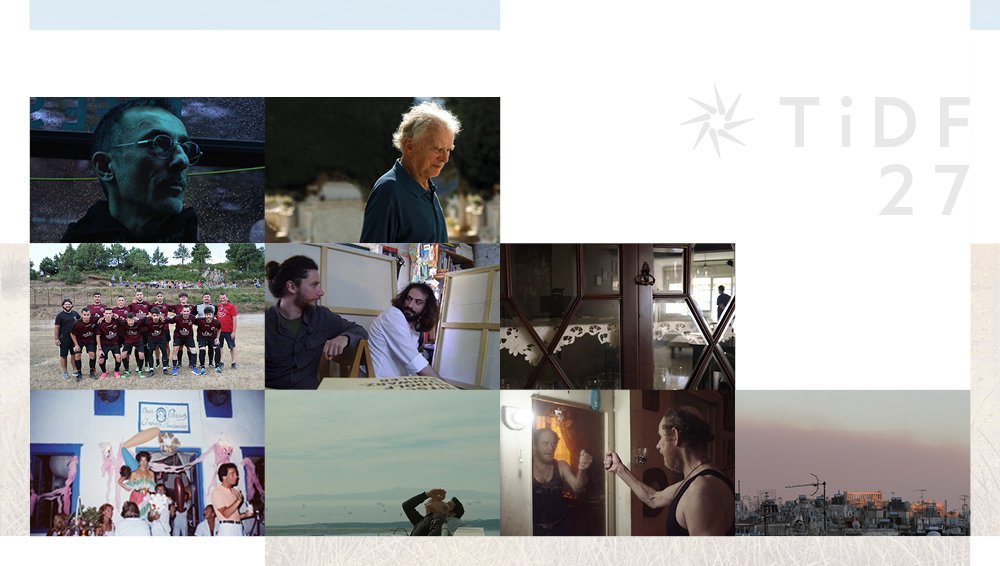Thessaloniki Documentary Festival - Images of the 21st Century
March 7-16, 2008
PRESS RELEASE
Discussion on the Thessaloniki underwater tunnel
The subject of the discussion that took place on Saturday, March 8 at the Stavros Tornes theater was the undersea tunnel of Thessaloniki. The discussion began immediately following the screening of A Hole in the Water by Manos Papadakis, at the 10th Thessaloniki Documentary Festival
Discussion participants were: Vivianna A. Metallinou, architect and Environmental Historian, Lois Lambrianidis, professor at the University of Macedonia and Economist-Geographer, Aleka Gerolimpou, professor of Urban Design and History of Urban Planning at the Aristotelian University of Thessaloniki, Evangelia Kambouri, architect, and Nikos Mousiopoulos, professor at the Polytechnic School of the Aristotelian University of Thessaloniki.
Dimitri Eipides, Artistic Director of the Thessaloniki Documentary Festival, commenced the discussion. After congratulating Manos Papadakis, the director of the documentary “for the effort he is making through his film, to inform the Thessaloniki audience on this very important subject of the underwater tunnel”, he stressed: “I support the struggle taking place, so this danger that may influence the future of the city and its inhabitants may be avoided. We are by your side, so that Thessaloniki can remain the Thessaloniki that we all love”.
Ms Viviana Metallinou, using maps drawn up by citizens against the underwater tunnel, outlined the public open spaces that will be lost due to the widening of the tunnel roads and the impact this will have on the city. Ms Metallinou pointed out that: “Trees will be buried under tons of asphalt, mainly along the new beachfront. The part being used for the widening of the road is the part that contains the greenery. Also, there will only be three pedestrian crossings along the beachfront. No public open space in Greek cities is ever given over for whatever use”, she concluded.
Then Ms Aleka Gerolympou spoke. She stressed “such road plans have been abandoned since 1960 in many European countries. So when the downtown centers of most cities are closed to traffic using various means, the underwater tunnel will bring thousands of cars into the city, and while the number of cars in Thessaloniki keeps increasing, the underwater tunnel favors automotive traffic over public green and recreational spaces.” She explained that as it is now designed, the underwater tunnel will move the traffic problem from the historical city center (port – White Tower) to central areas one kilometer away, and furthermore, it will lead to the demolition of the exceptional architectural legacy of the city.
Ms Evangelia Kambouri mentioned that, “according to the underwater tunnel planning and the zone that will be expropriated for the work, a series of buildings are being demolished in the port area weakening the importance of this historic place even further, since the customs area will be completely shrunken”.
Mr. Lois Lambrianidis, after stressing that essentially there was no social consultation before the concession agreement was finalized, mentioned that notions of city planning have changed dramatically, and that not only are works of such scale being built in cities, but also that many European cities are restoring their historic centers, demolishing large road works which had been constructed earlier. He concluded by saying that this work goes completely against international trends and European Union directives, which are trying to reverse any further increase in the use of private cars.
Finally, Mr. Nikos Mousiopoulos spoke. He said that this matter is not avoiding a problem, but simply moving it over a little bit. “Whatever is constructed simply moves pollution elsewhere. It is a faulty work that will not solve either the city’s traffic problems, nor will it help it gain anything in terms of the environment”, he stressed.




